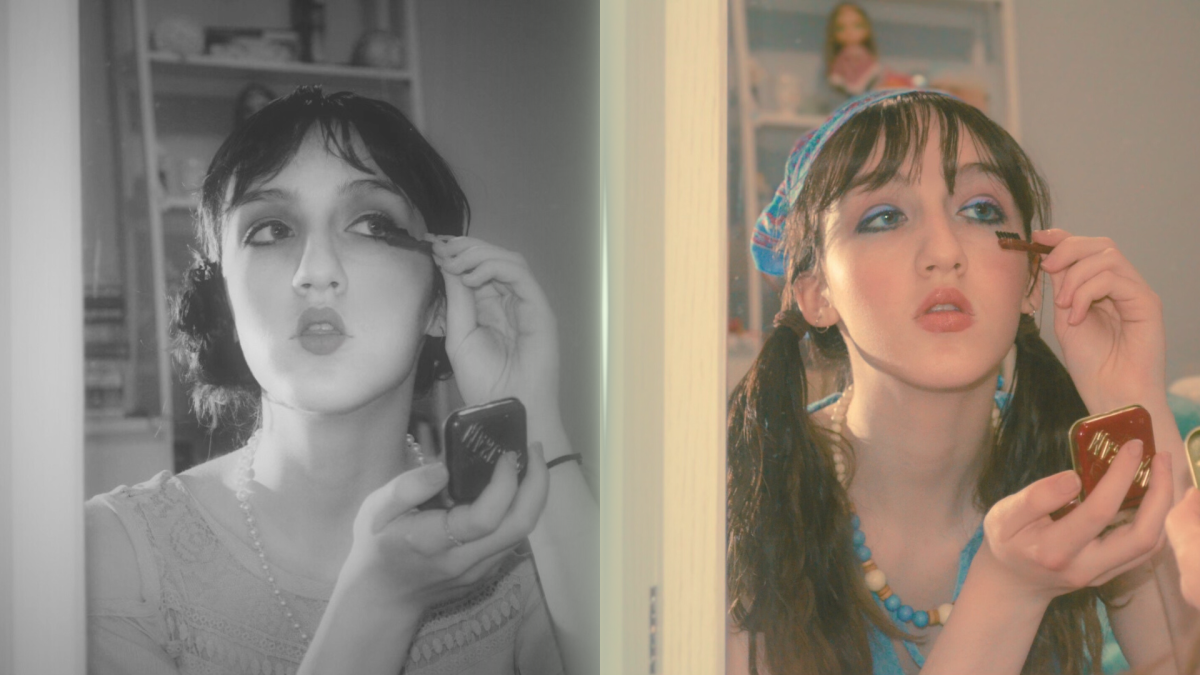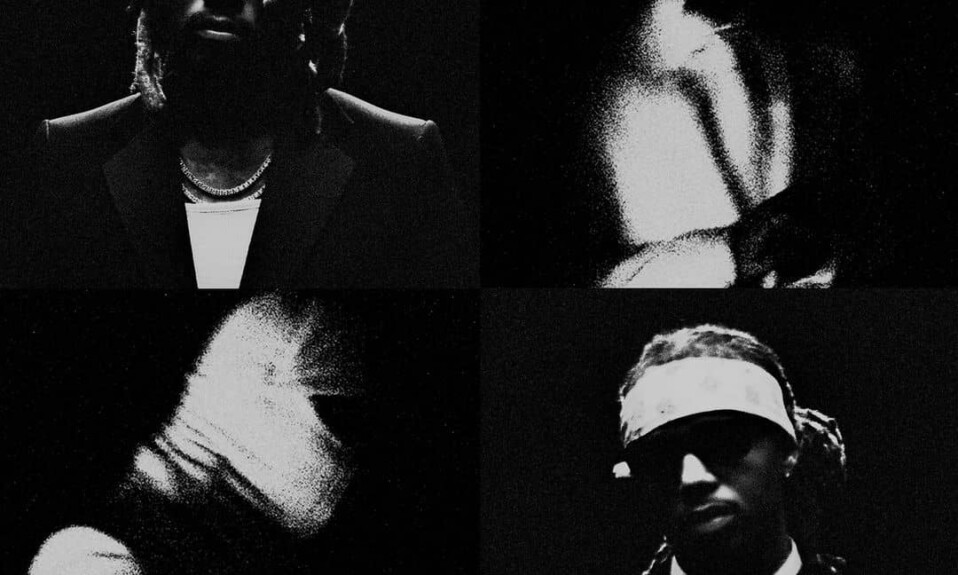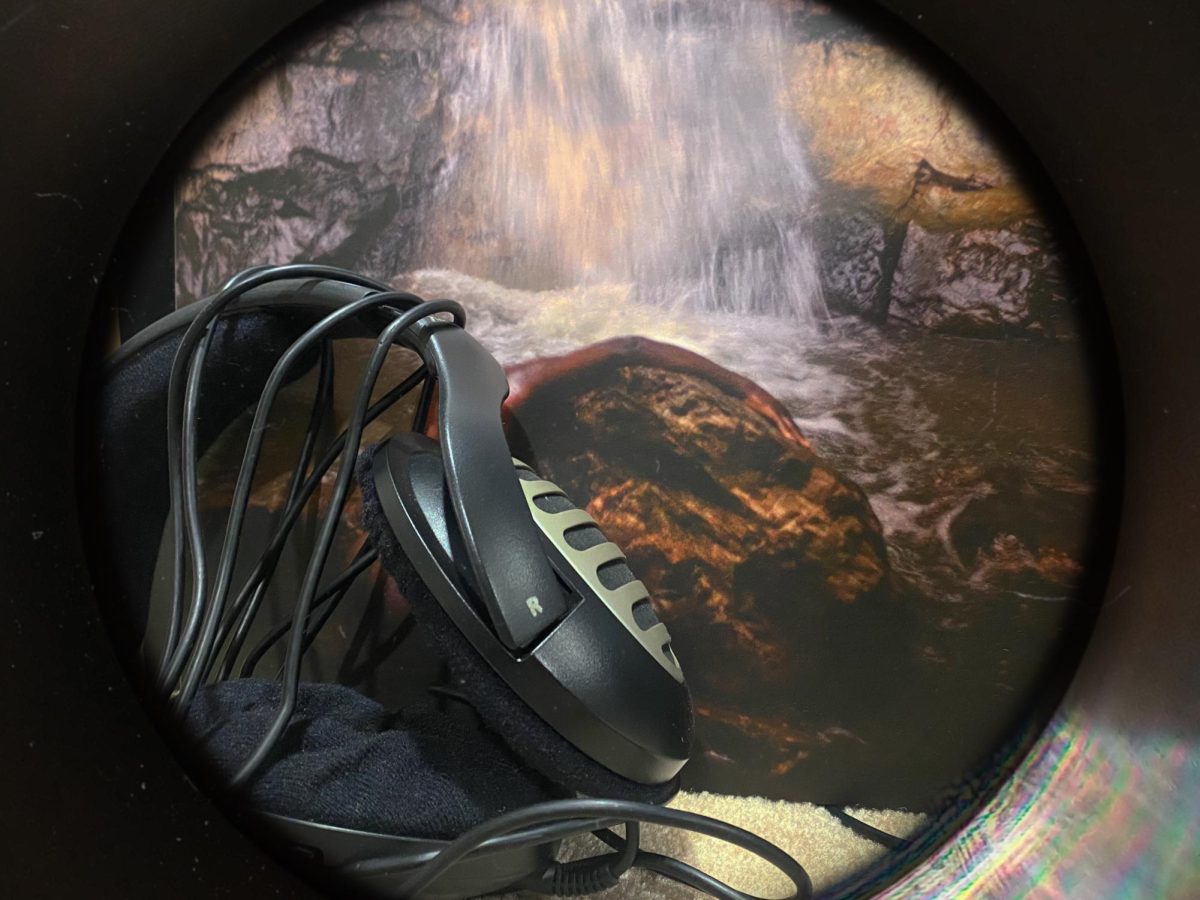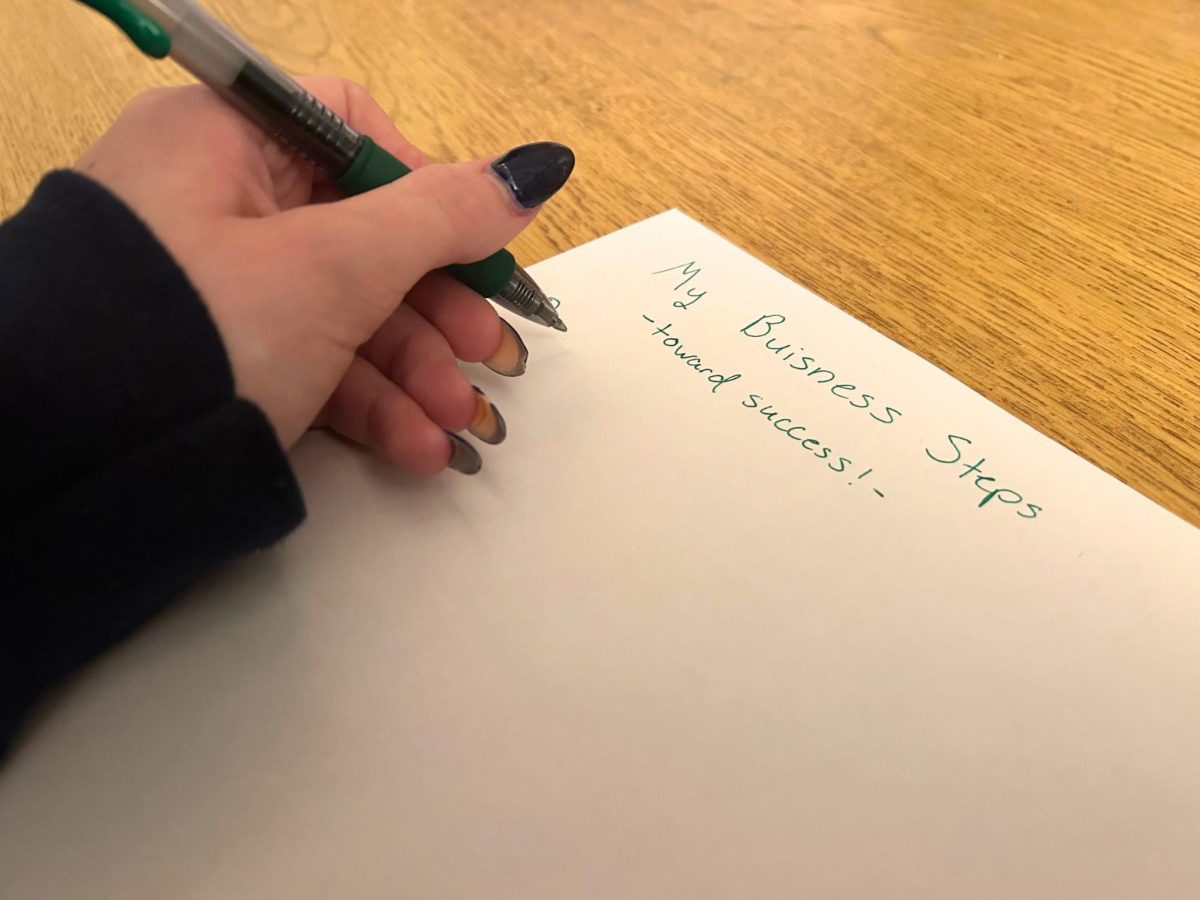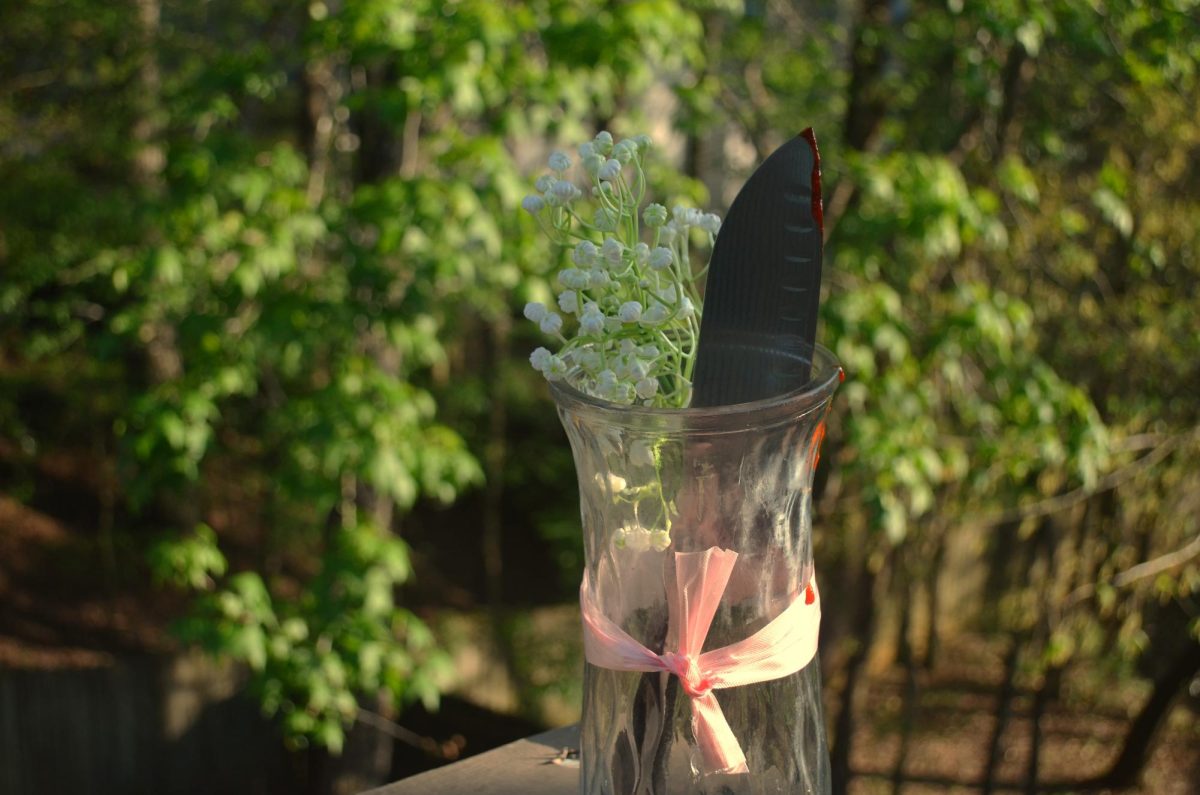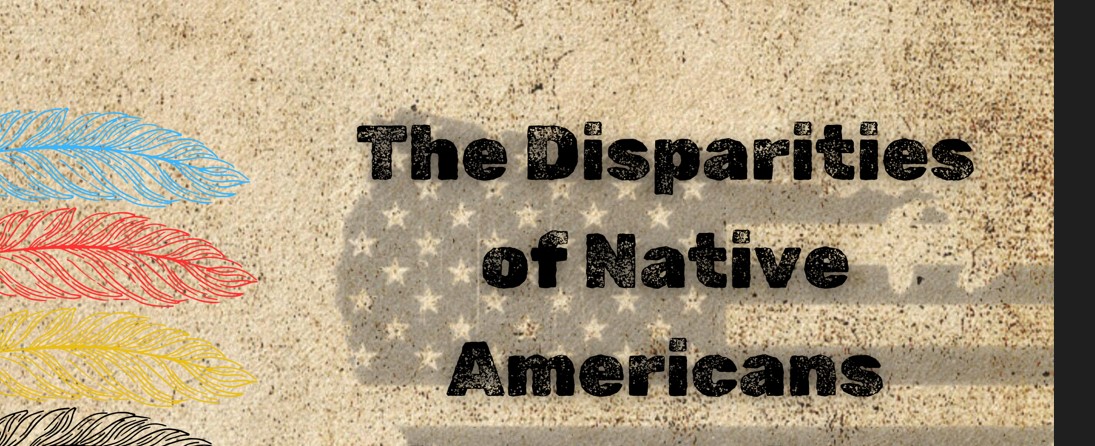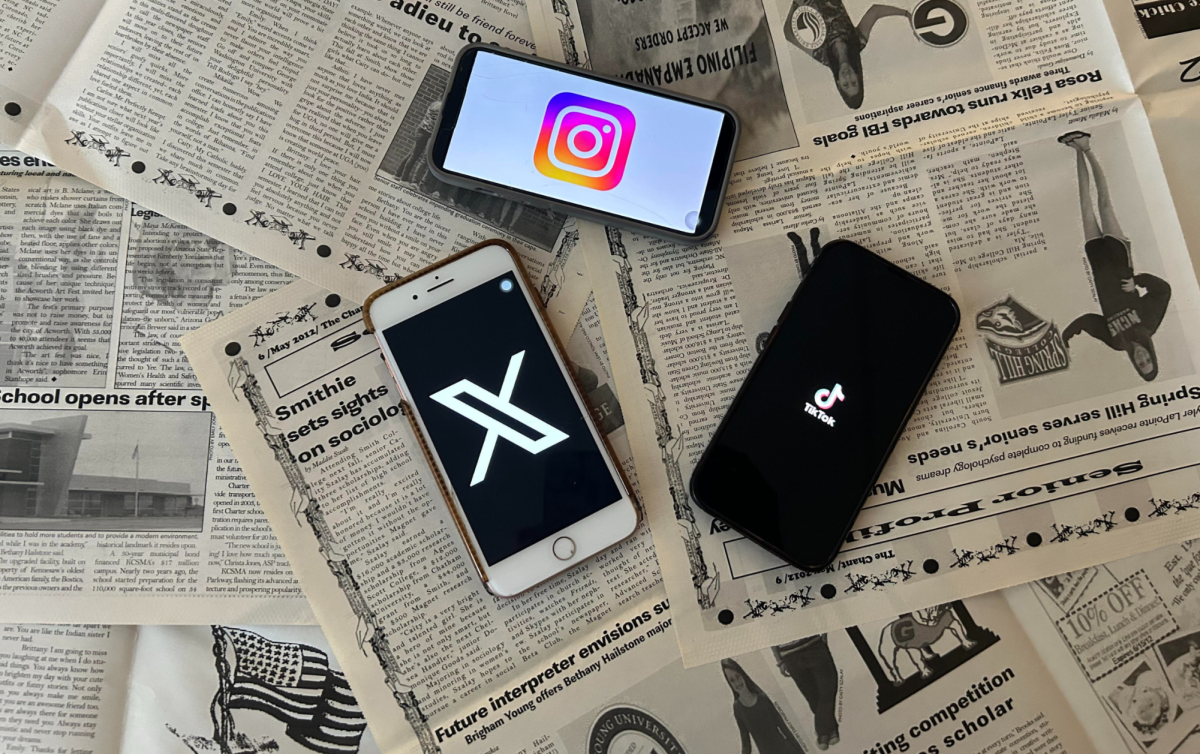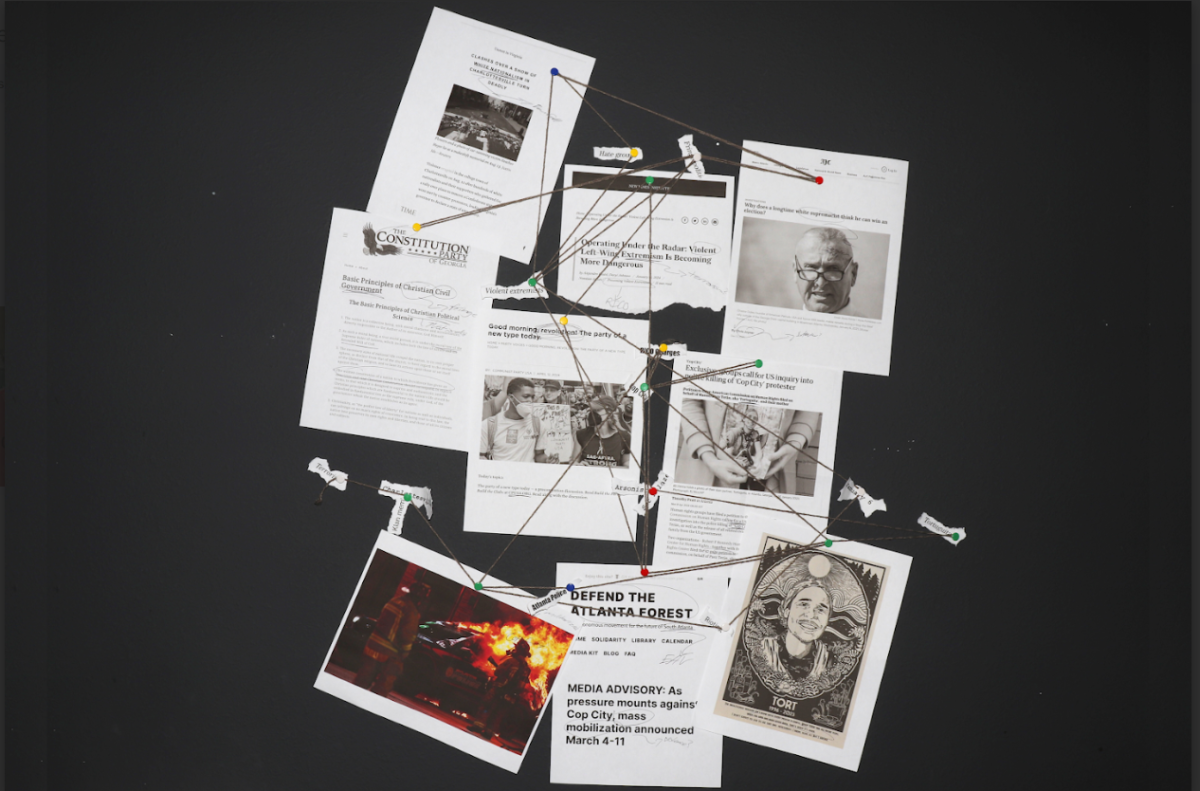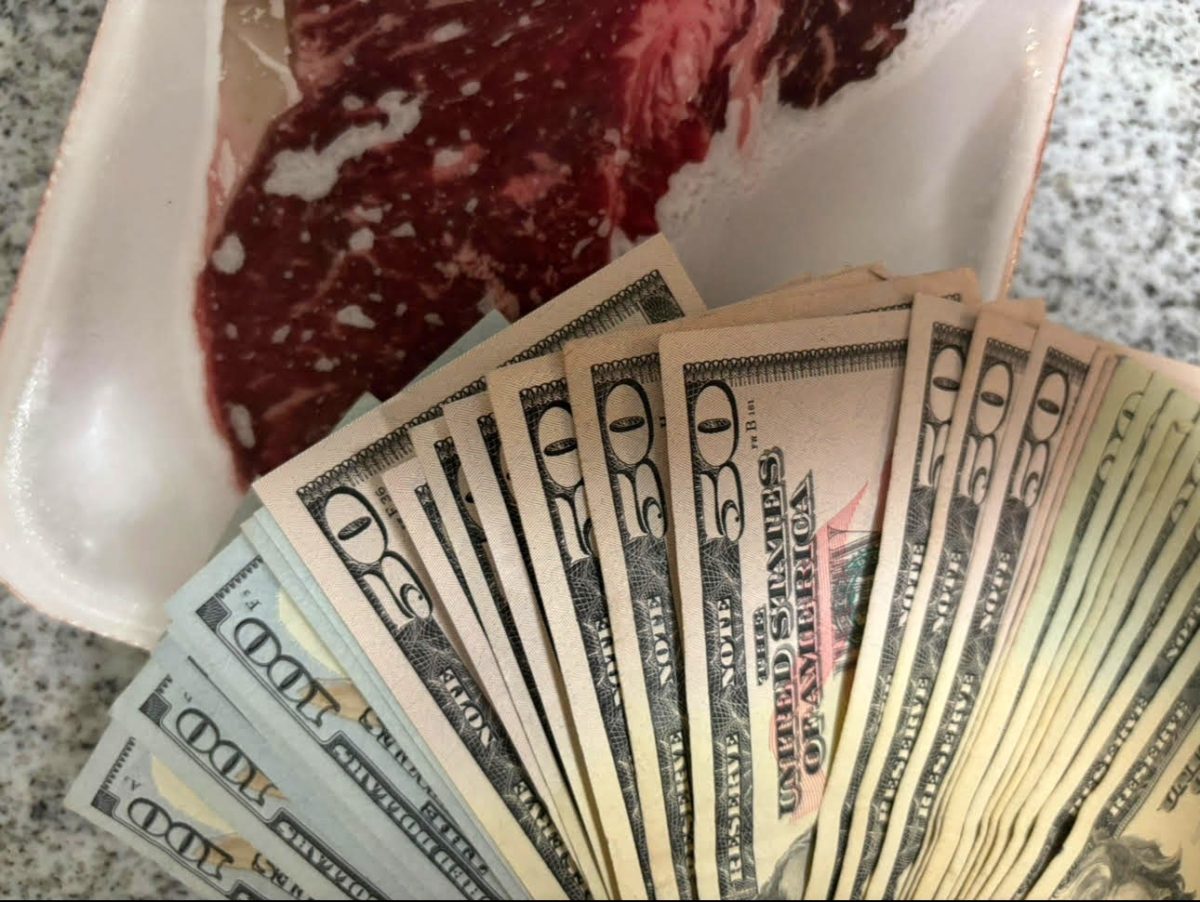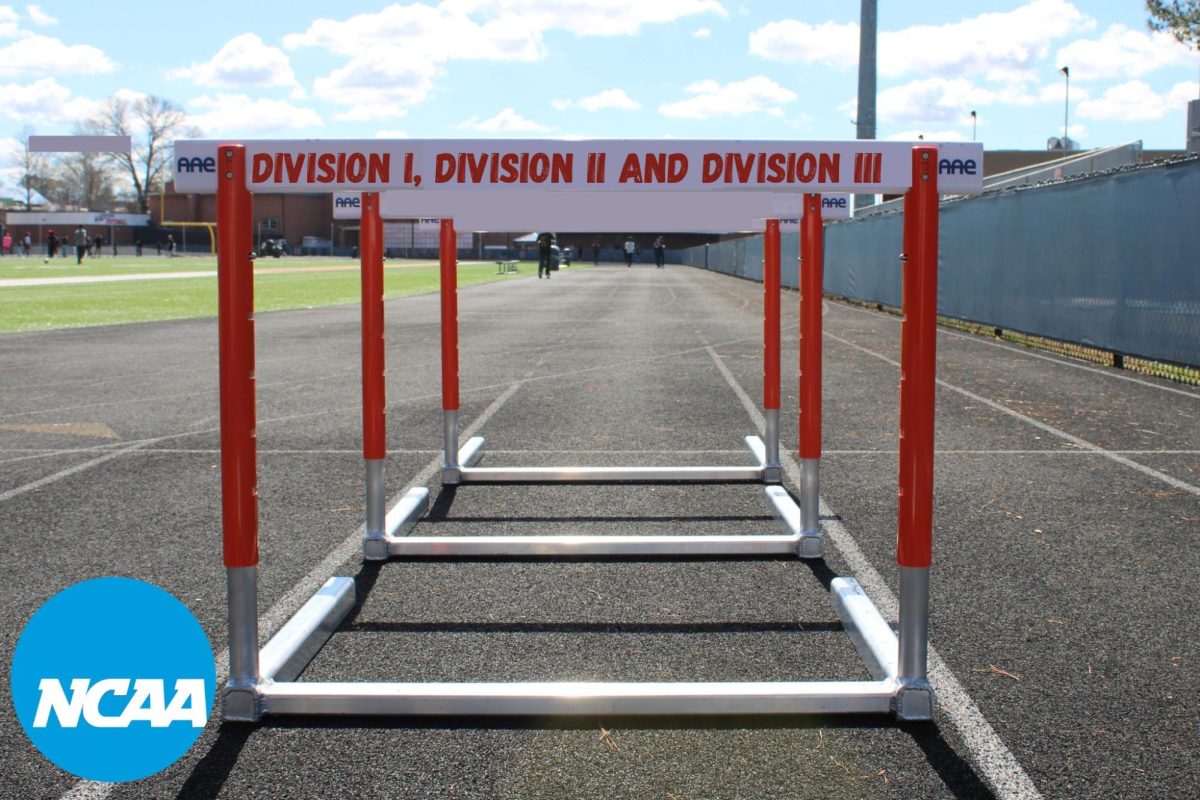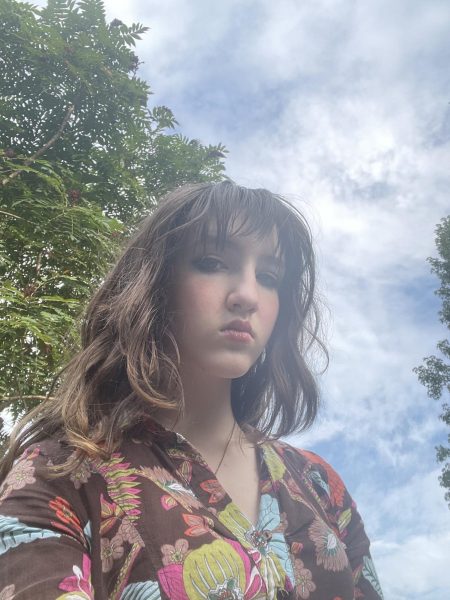Brands such as Zara, Shein, American Eagle, Urban Outfitters, Hot Topic and H&M dominate the closets of today’s fashionable teens, and while the wearers frequently buy them new, the styles of the clothes borrow extensively from history. The repetition of trends majorly affects how people view beauty, both in humans and art.
History inspired fashion in the past as much as it inspires it today. Western women’s fashion in the Regency Era and the two decades leading up to it heavily drew inspiration from ancient Greek styles. This inspiration motivated the empire waists, flowy fabrics and light colors that graced fashion plates of the period.
As time progressed into the twentieth century, fashion still drew strongly from history. Following World War II, designer Christian Dior introduced the “New Look,” which now defines how modern society views the women of the 1950s. This style, characterized by puffy, circular and A-Line skirts and an hourglass body type, did not spring exclusively from the designer’s mind as advertised. Instead, the silhouette heavily borrowed from the styles of a century prior. The 1850s also bore an influx of the circle skirt, made wider, increasingly comfortable and affordable by reimagining the crinoline. These styles evolved as time progressed, but they hold the same roots at their cores. These roots resurfaced in the 2010s with the rise of skater skirts and the recurring ideal of the hourglass body type.
“I love puffy anything like I’m trying to find a dress for my sweet 16 and I know I definitely want it puffy. I’m a puff girl! I want the nice puff skirt and the puffy sleeves, just all around… I love it [the ‘50s]. I follow this one girl who does vintage stuff on TikTok and I like Grease. I just want to be a pink girl, I want the jacket and the poodle skirts,” sophomore Aniya Burns said.
Fashion renews with every youth movement that society experiences. Historically, the clothes adult women wore defined the trendy styles of the time. In the 20th century, however, this slowly shifted toward what younger people opted to wear. In the 1940s, teenagedom became a stage of life as society now understands it. Since then, the world has looked to teens and young people for input on how to adorn women’s bodies. Youth domination in the fashion industry chiefly occurs in times of major societal shifts, such as the civil rights and hippie movements of the 1960s, pushed by young people. As a result, fashion moves faster, and visionaries reimagine it in a swifter way as droves of teens enter the scene. Trends continue, however, to draw from the history they always stand on.
The twenty-year rule explains how fashion trends cycle. While the rule’s predictions remain fallible, it frequently predicts the level of traditional “femininity” or “masculinity” within a decade of women’s trends. For example, vintage fashion lovers know the 1920s, 1940s, 1960s and 1980s for their respective shifts toward narrow busts, broad shoulders and straight waistlines. These shifts from traditional “femininity” frequently accompany youth movements and society’s transition away from traditional values. The 1920s celebrated suffrage and a war’s end, the 1940s and World War II empowered women to take on roles previously barred from them, the 1960s embraced its youthquake and the 1980s celebrated a new era in feminism. Comparatively, the decades sandwiched between these tended toward decidedly “feminine” silhouettes as society shifted again toward conventional gender roles. The 1930s glorified curves as the Great Depression ravaged morale and bank accounts, and the post-war 1950s heavily focused on a cinched waist as innumerable valium-laced housewives returned to their pre-war roles. The 1970s drew from 60 years prior as the Edwardian revival again brought lace and flower motifs to women’s wardrobes.
“I would say everybody shares fashion in some type of way, like nobody necessarily copies off of one person, they take the style and make it their own, and that’s what I really like about it. I mean, only to a certain extent of course because there can be cultural appropriation in sharing fashion, but I do appreciate that people, especially in social media, are able to make that style their own and influence other people,” Fashion Club president, Senior Ryan Brown said.
The world continues to embrace its own cycles, which only accelerate through social media and technology. Currently, apps such as TikTok and Instagram inundate users with content surrounding the Y2K aesthetic. These clothes originated in and drew heavily from the late 1990s and early 2000s, meaning low-rise jeans, chunky belts and graphic baby tees. Wearers attain these clothes from thrift stores, family members, resellers and fast fashion brands. Rest assured, fashion won’t take long to return to the owl necklaces and skinny jeans of the 2010s. However, the way that our youth reimagines the style will define its own era of clothing.








